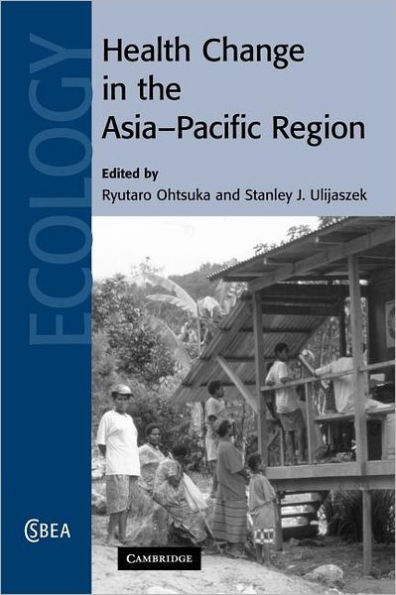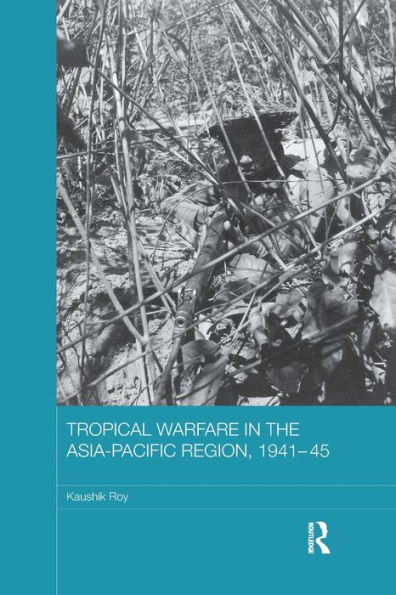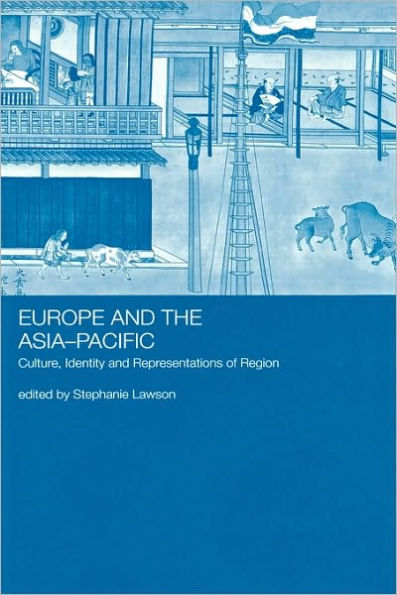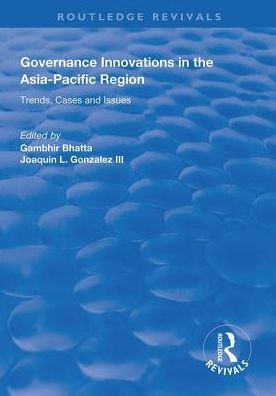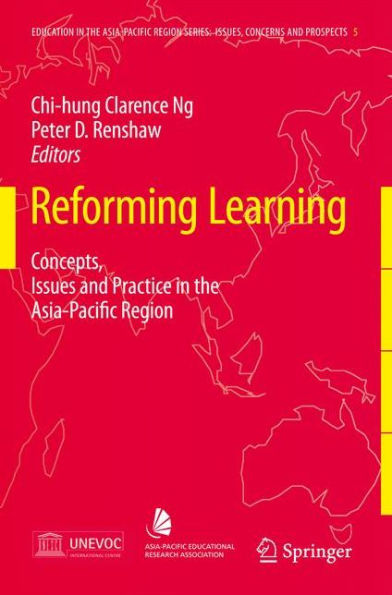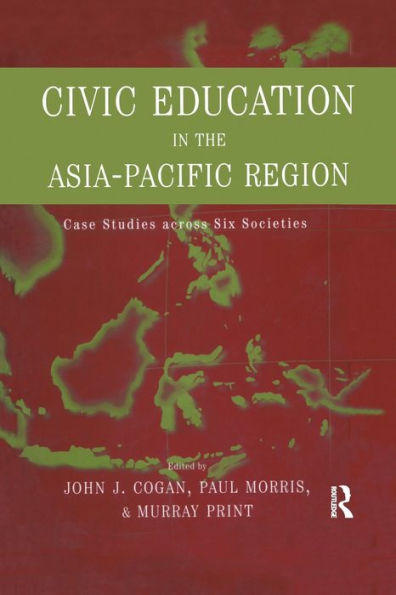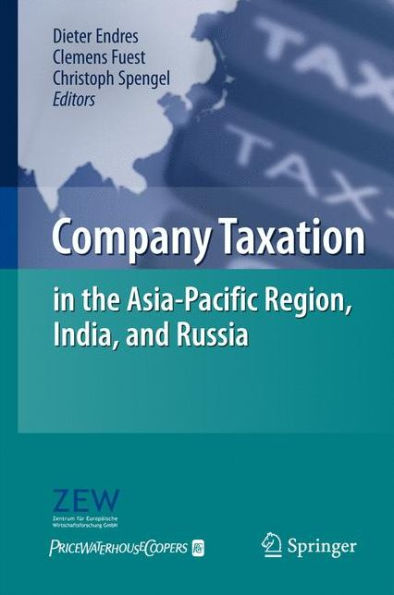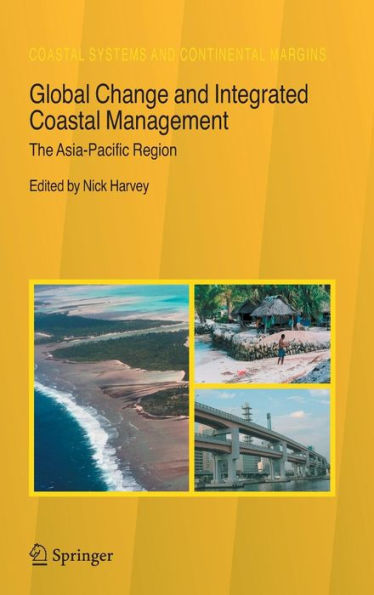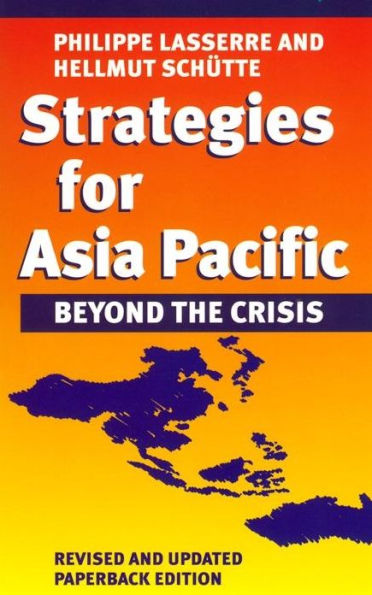Home
A Region of Regimes: Prosperity and Plunder the Asia-Pacific
Loading Inventory...
Barnes and Noble
A Region of Regimes: Prosperity and Plunder the Asia-Pacific
Current price: $130.00
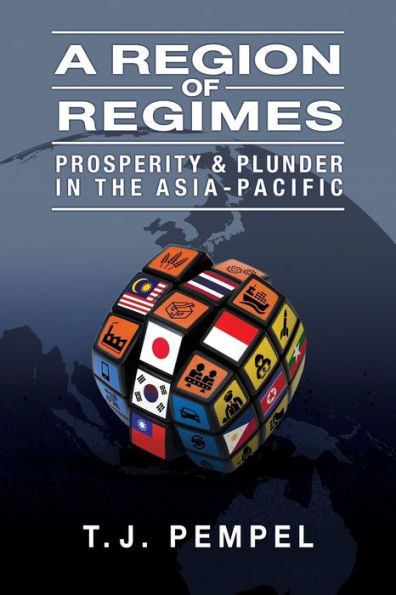

Barnes and Noble
A Region of Regimes: Prosperity and Plunder the Asia-Pacific
Current price: $130.00
Loading Inventory...
Size: Hardcover
*Product Information may vary - to confirm product availability, pricing, and additional information please contact Barnes and Noble
A Region of Regimes
traces the relationship between politics and economics—power and prosperity—in the Asia-Pacific in the decades since the Second World War.
This book complicates familiar and incomplete narratives of the "Asian economic miracle" to show radically different paths leading to high growth for many but abject failure for some. T. J. Pempel analyzes policies and data from ten East Asian countries, categorizing them into three distinct regime types, each historically contingent and the product of specific configurations of domestic institutions, socio-economic resources, and external support.
Pempel identifies Japan, Korea, and Taiwan as developmental regimes, showing how each then diverged due to domestic and international forces. North Korea, Myanmar, and the Philippines (under Marcos) comprise "rapacious regimes" in this analysis, while Malaysia, Indonesia, and Thailand form "ersatz developmental regimes." Uniquely, China emerges as an evolving hybrid of all three regime types.
concludes by showing how the shifting interactions of these regimes have profoundly shaped the Asia-Pacific region and the globe across the postwar era.
traces the relationship between politics and economics—power and prosperity—in the Asia-Pacific in the decades since the Second World War.
This book complicates familiar and incomplete narratives of the "Asian economic miracle" to show radically different paths leading to high growth for many but abject failure for some. T. J. Pempel analyzes policies and data from ten East Asian countries, categorizing them into three distinct regime types, each historically contingent and the product of specific configurations of domestic institutions, socio-economic resources, and external support.
Pempel identifies Japan, Korea, and Taiwan as developmental regimes, showing how each then diverged due to domestic and international forces. North Korea, Myanmar, and the Philippines (under Marcos) comprise "rapacious regimes" in this analysis, while Malaysia, Indonesia, and Thailand form "ersatz developmental regimes." Uniquely, China emerges as an evolving hybrid of all three regime types.
concludes by showing how the shifting interactions of these regimes have profoundly shaped the Asia-Pacific region and the globe across the postwar era.
